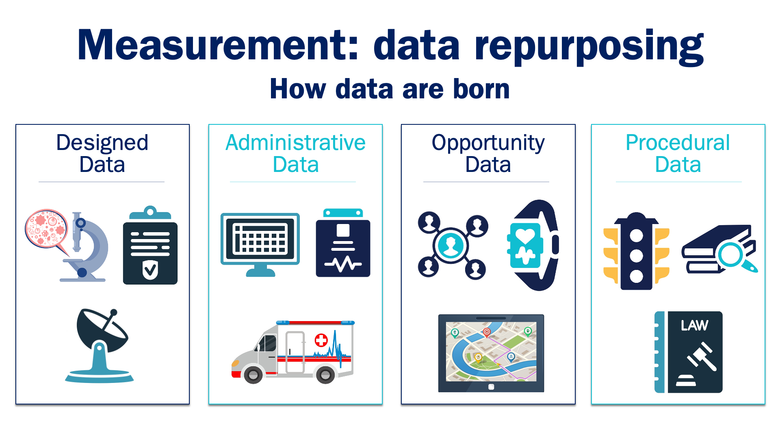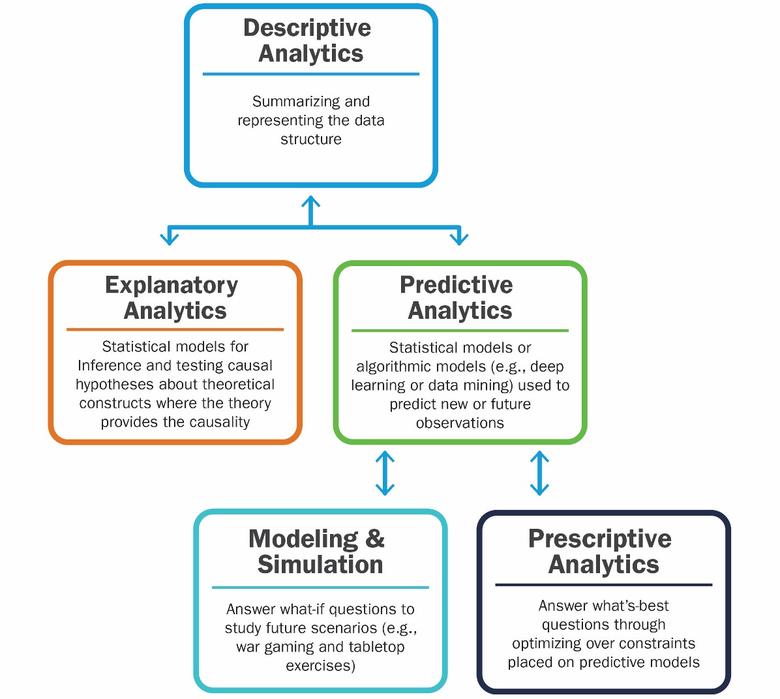
Data Acumen
What is data acumen?
- Data acumen is the ability to make good judgments about the use of data to support problem solutions.
What are levels of data acumen?
Different levels of data acumen span the type of expertise and use of data science, which may vary depending on the question being asked. These roles include:
- Data scientists trained in statistics, computer science, quantitative social sciences, applied math. These scientists are equipped with the abilities to do data science, often each with their own specialities.
- Subject matter experts trained in a specific field, e.g., public health, engineering, or political science, who also have a range of training in data analytics. These specialists can inform on nuances of the problems, putting them in the correct context.
- Consumers of the data science applications, such as policymakers, community leaders, and company managers, translate the results into action.
Data acumen: how to use data to inform decisions?
Across all levels, applying data acumen involves asking a series of questions about the situation and process. These questions include:
- What is the problem? What are the questions?
- What type(s) of decision needs to be made?
- What data are available? Why should I trust the data?
- What type of analyses are needed to inform the decision?
- What are the ethical considerations?
- What part of the data science process are we discussing?
What type(s) of decision needs to be made?
The next fundamental of data acumen is an understanding of the decision(s) that must be made. To develop good and relevant data, we must understand the context of the situation and the kinds of decisions. Decision-making involves three kinds of decisions
- Strategic decision-making — inform and enrich understanding of problems and issues to plan for future operations. To develop a strategic plan, one must identify future capabilities, activities, and expectations for change and evaluate it against the current capabilities to identify gaps.
- Anticipatory decision-making — detect, identify, and warn of emerging issues and discontinuities. This form of decision-making collects and analyzes information to identify new trends, dynamic conditions, and unexpected consequences of these trends and changes.
- Current (tactical) decision-making — support ongoing actions and operations
What are data?
To apply data acumen, one must have a clear understanding of what are data and what data are relevant. Data derive from three components—observations, problems and questions, and measurement.
- Data are any facts assumed to be a matter of direct observation.
- Questions are needed to inform direct observation
- Measurement is needed to create facts from observation
To use observations to support problem solutions, we must observe with intent. To use these observations requires that the problems are translated into research questions. Measurement is needed to create facts from observation and thus create data to address these research questions.
What are types of data?
Designed Data involve statistically designed data collections, such as surveys and experiments, and intentional data collections such as astronomical observations, remote sensing, and health registries.
Administrative Data are collected for the administration of an organization or program by entities, such as government agencies, as they provide services, companies to track orders, and universities to record registered students.
Opportunity Data are derived from internet-based information, such as websites and social media and captured through APIs and web scraping.
Procedural Data focus on processes and policies, such as a change in health care coverage or a data repository policy that outlines procedures and metadata required to store data.

What are Types of Analysis?

This explanation of Data Acumen helps to explain our
Keller S, Shipp S (2021). Data Acumen in Action. Notices of the American Mathematical Society, Volume 68, Number 9, October.